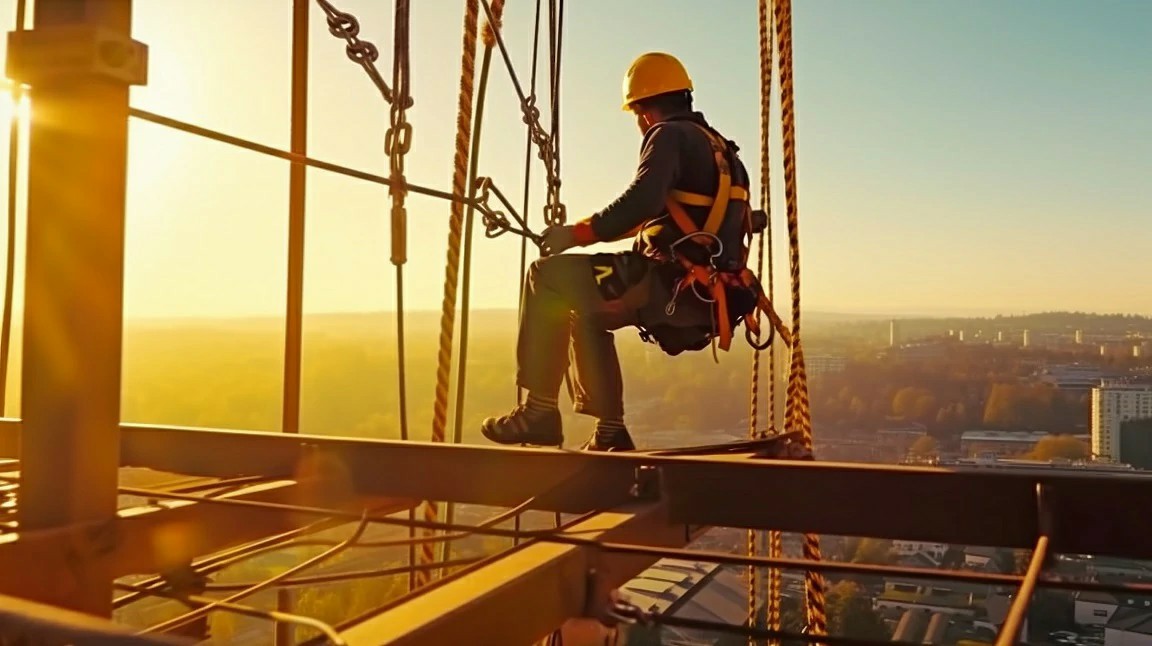


 349,500 Offered Certificates
349,500 Offered Certificates
 24/7 Online Training
24/7 Online Training
 Money Back Guarantee
Money Back Guarantee
 Fully Accredited Courses
Fully Accredited Courses

Created at: 22-02-2025 16:17
Working at heights presents significant risks, making safety a top priority in any project involving altitude. Effective communication is a cornerstone of safety protocols that can prevent accidents and save lives. This blog post will delve into how clear instructions, teamwork, and emergency signaling contribute to a safer work environment.
In high-risk environments, the margin for error is slim. Poor communication can lead to misunderstandings, misplaced trust, and ultimately, accidents. By fostering a culture that prioritizes effective communication, organizations can drastically reduce the chances of incidents.
Clear instructions form the backbone of safety coordination. For workers at heights, precise guidance can mean the difference between safety and disaster. Here are some best practices for ensuring clarity in instructions:
Effective communication is inherently tied to teamwork. In environments where workers are handling tools and equipment at heights, close coordination among team members is essential. Here’s how to enhance teamwork through communication:
In a critical situation, time and clarity can be the difference between a near-miss and a tragic accident. Emergency signaling procedures must be clearly established and practiced.
Case studies often highlight the importance of effective communication in working at heights. For instance, a construction company that adopted comprehensive communication strategies significantly reduced its incident rate. By implementing regular pre-task briefings and reinforcing emergency signaling protocols, they not only improved safety outcomes but also enhanced overall team morale.
Organizations should invest in Working at Heights training that emphasizes effective communication. A well-structured Working at Heights Course can be a game changer in improving workplace safety.
For those looking to formalize their skills, obtaining a Working at Heights Certification can provide the necessary credentials and recognition that promote a safer work environment. Organizations in Dublin, Cork, and Galway can access tailored courses, including online options, to meet specific safety needs.
Effective communication is not just a soft skill; it’s a vital component of workplace safety when working at heights. By prioritizing clear instructions, fostering teamwork, and preparing for emergencies through established signaling protocols, organizations can create a significantly safer work environment.
Don’t compromise on safety. Invest in Certified Working at Heights Training today. If you have any questions, feel free to reach out at [email protected].